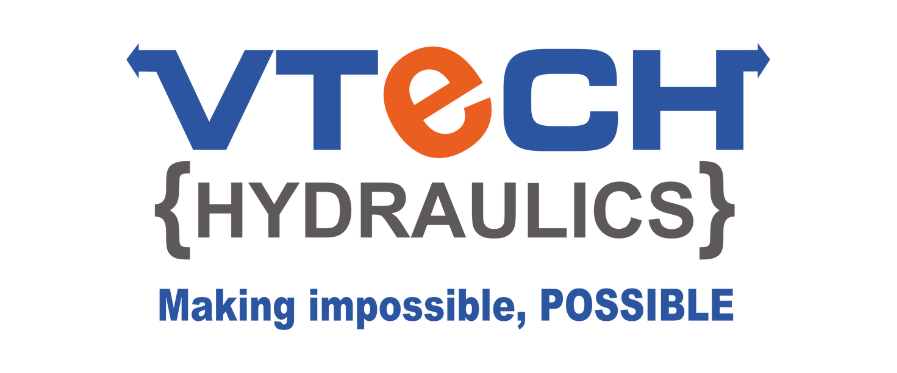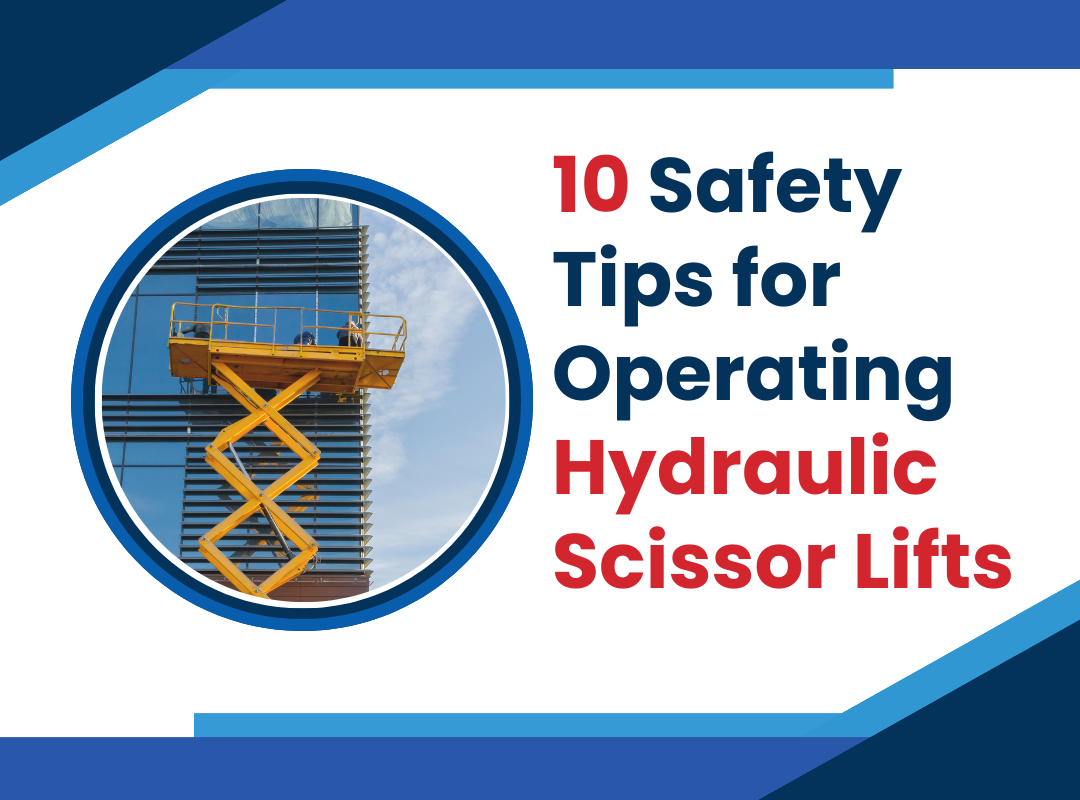Operating a scissor lift can be extremely useful when you need to reach high places, but it also comes with risks if not used properly. Scissor lifts rely on hydraulic pressure to raise and lower the platform, so understanding how to handle them safely is crucial.
Here are 10 key safety tips to keep in mind when using a hydraulic scissor lift:
Get Trained and Certified
Before stepping into a hydraulic lift for the first time, make sure you receive comprehensive training from a qualified instructor. Most rental companies and employers require operators to obtain scissor lift certification showing you know how to inspect equipment, load/unload lifts, practice safe driving techniques, and follow emergency procedures. On-going training is also important as safety guidelines evolve over time.
Assess Hazards in Your Surroundings
Conduct thorough hazard assessments of your worksite before operating lifts. Check for level ground, sloped surfaces, bumps, debris, holes, drop-offs, and overhead obstructions that could impact the scissor lift. Also identify power lines, electrical hazards, and areas with inadequate lighting. Determine whether you need traffic control devices or assistants to keep the area secured while you work.
Use Fall Protection Equipment Properly
Because aerial platforms leave you exposed well above ground level, wearing fall protection gear is a must. Attach and adjust your full-body harness so that it fits snugly. Securely connect it with an energy absorbing lanyard to the manufacturer’s anchor point inside the lift bucket. Avoid tying off to nearby structures since the platform can move unexpectedly. Also wear the proper footwear in case debris falls.
Check Controls, Hydraulic Systems, Safety Features
Do walk-around visual inspections checking all components before operation, including controls, extendable outriggers, entry chains/doors, tires, fuel/hydraulic oil levels, horns, backup alarms, descent alarms, guardrails, etc. Test functions to ensure proper speed, lifting/lowering, and steering. Confirm that safety features like tilt/load sensors, neutral descent systems, and emergency stop buttons work too.
Load Within Lift’s Capacity Rating
Review rated capacity labels to prevent overloading. Do not exceed maximum occupant or material weight limits. Load weight evenly throughout the platform and avoid placing loads near edges or rails. Remove debris, tools not in use, and other unnecessary items to reduce overall weight as needed. Having more weight aboard narrows your stability margin.
Maintain Safe Clearances from Structures/Utilities
When driving into position, look out for protruding objects that could collide into the aerial platform. Allow ample clearance between the lift and structures such as ceilings, sprinklers, lights, pipes, building edges, tree limbs, power lines, etc. Stay at least 10 feet away from live electrical conductors and equip lifts with proximity alarms if available.
Keep Your Body Safely Inside Rails
Resist the urge to climb or lean outside guardrails when working aloft. Instead, reposition the entire unit closer towards objects in your reach. Never stand or sit on mid-rails. Wearing fall protection does no good if you go outside rails where you could get pinned or ejected during sudden movements. Keep both feet firmly planted on the floor at all times.
Drive Cautiously, Use Spotters When Needed
Driving too fast over bumpy terrain or inclines can make scissor lifts unstable and prone to tipping over. Maintain safe speeds under 5 mph and avoid sudden stops/starts. If vision is obstructed, use a designated spotter with signals to help guide your path safely. Park only on firm, level ground and chock wheels in place if on an incline.
Use Extreme Caution on Slopes or Ramps
Avoid driving lifts on slopes exceeding rating limits or across inclines sideways that could cause it to tip. If the job requires operating on ramps or grades, use extreme care to avoid loss of stability. Keep the lift moving slowly without stopping or turning abruptly. Never override speed restrictions or rely just on tilt alarm systems which simply warn after you already pass the critical angle point.
Take Emergency Precautions
Before using any scissor lift, make sure you know how to use emergency descent controls and check that you have cell phone or radio access to call for help if machinery fails or you get trapped aloft. Carefully evacuate a stalled lift using proper tie-off procedures if safe to do so. Otherwise remain inside the platform with your fall protection on until rescuers provide alternative safe descent means.
Final words
By consistently following these 10 essential scissor lift safety rules, operators can help maximize productivity while minimizing accident risks. Although hydraulic aerial platforms significantly simplify working at height, they can pose hazards when misused. Prioritizing training along with careful inspections and cautious operation proves critical in preventing potential falls or tip-overs. Implementing these safe practices ensures workers make it safely back down to the ground after elevated jobs wrap up.


